Indoor switchgear is a key element of modern electrical systems. Although installing switchgear within a building has its benefits, it also has its drawbacks. That’s what this article is about Advantages and disadvantages of indoor switchgear.
1. What is a switchgear?
Switchgear is a general term for all electrical components used in electrical systems to control and distribute power. Everything from circuit breakers to contactors to relays is included in this category. One of the most important decisions that must be made when designing an electrical system is the location of the switchgear.
For many applications, it makes sense to mount the device outdoors. But in some cases, it is best to place the switchgear inside the building.
1) Indoor switchgear
Indoor switchgear is defined as any switchgear intended for installation only in residential, commercial, or industrial buildings and other types of enclosed spaces. In these settings, equipment is usually placed in a dedicated space called a switch room. For example, I have a friend who is an environmental chamber manufacturer. The electricity current used by his factory in the daily production process and in the testing of products is very large. To ensure the safety of electricity, he specially set up a switch room to install the indoor switchgear.
The main difference between indoor and outdoor switchgear is that one is protected while the other is not, but is exposed to wind, dust, rain, snow, etc. Due to its location, indoor switchgear has several advantages over outdoor switchgear. But before we discuss these advantages, it’s important to understand the main types of indoor switchgear and what they mean.
2) Main types of indoor switchgear
There are different types of indoor switchgear. These range from switchgear with different design ranges to different rated voltages and insulation media. Indoor switchgear is usually metal-enclosed or metal-clad. They have different structural features.
#1. Metal-enclosed switchgear
The metal-enclosed indoor switchgear is surrounded by metal plates, and the equipment is arranged in the shell. This provides protection for switchgear and personnel. The enclosure is then usually provided with ventilation openings and doors or removable covers to allow component monitoring and inspection.
#2. Metal composite switchgear
In indoor metal composite switchgear, different components are housed in separate compartments, and the compartments are separated from each other by metal partitions. These compartments are then grounded to provide security. Metal-clad switchgear usually has a removable breaker compartment. This is also known as a pull-out design.
3) Advantages of indoor switchgear
Indoor switchgear is generally used for voltages below 11kv. However, recent applications have seen switchgear installed above 11kv. At higher voltages, gas-insulated components are often used. In addition to its wide range of applications, several advantages of indoor switchgear make it an ideal choice in many situations. Here are some of them.
#1. Increased security
Indoor electrical switchgear is usually installed in metal enclosures. As a result, it is much safer than outdoor switchgear. Enclosures protect users from live electrical components by providing an additional layer of protection against electric shock or electrocution.
Switchgear installed indoors offers a higher level of safety, making it suitable for use in residential, industrial, and institutional settings. This is critical to ensure the safety of electrical equipment and workers or others who may be near the unit.
#2. More protection
Providing excellent protection from dust, moisture, and other pollutants present in the surrounding environment is one of the main advantages of an indoor substation or switchgear.
Enhanced protection is especially important for applications in industrial environments where nearby machining operations may generate large amounts of particulate matter or conductive dust.
#3. Improve reliability
Another key advantage of indoor switchgear over outdoor switchgear is its higher reliability. Since it is installed indoors, there is less risk of exposure to extreme weather events that could damage the switchgear.
Thus, power surges and currency fluctuations are less likely to affect switchgear. In the long run, this can help improve system reliability, resulting in fewer outages over time, among other benefits.
#4. Lower maintenance costs
Indoor switchgear is also less expensive to maintain than outdoor switchgear. Equipment in buildings or switchgear rooms is not easily damaged by harsh environments. This reduces maintenance costs.
In addition to fewer maintenance costs, less risk means switchgear can last longer without major repairs or frequent replacement. As a result, many businesses and institutions find it to be cost-effective.
#5. Requires less space
Switchgear installed indoors requires less space than switchgear installed outdoors. Since it is installed indoors, there is no need to provide external shelter from the elements. This eliminates additional site preparation costs.
Indoor electrical switchgear has a small footprint, making it ideal for small facilities or congested urban environments. Also, for places where land costs are too high, outdoor switchgear adds unnecessary costs.
As you can see, indoor switchgear has advantages in many situations. Indoor switchgear is often more aesthetically pleasing than outdoor switchgear. This can be important in some environments, such as office buildings or retail stores, where appearance is a key consideration.
4) Disadvantages of indoor switchgear
Many electrical systems can benefit from indoor switchgear. But for all its benefits, it also has some drawbacks. An electrical engineer or electrician should consider these disadvantages when designing a power distribution system. The disadvantages include those explained below.
#1. Higher upfront costs
Indoor switchgear is initially more expensive than outdoor switchgear. However, the cost of maintaining switchgear is usually lower because it is less susceptible to damage from environmental causes such as rain and dust.
#2. Not easy to expand
Indoor switchgear can be difficult to expand or modify after installation because the equipment is often contained within the building. This may require additional investment in replacement parts or reconfiguring the entire system, which can become expensive over time.
2. Conclusion
The idea of having switchgear inside a building has its advantages, but also some disadvantages. When used in certain environments, indoor switchgear can offer many benefits, even if it is not suitable for all applications. Many applications benefit from installing indoor switchgear, such as increasing safety, protecting equipment from the elements, or reducing maintenance costs.
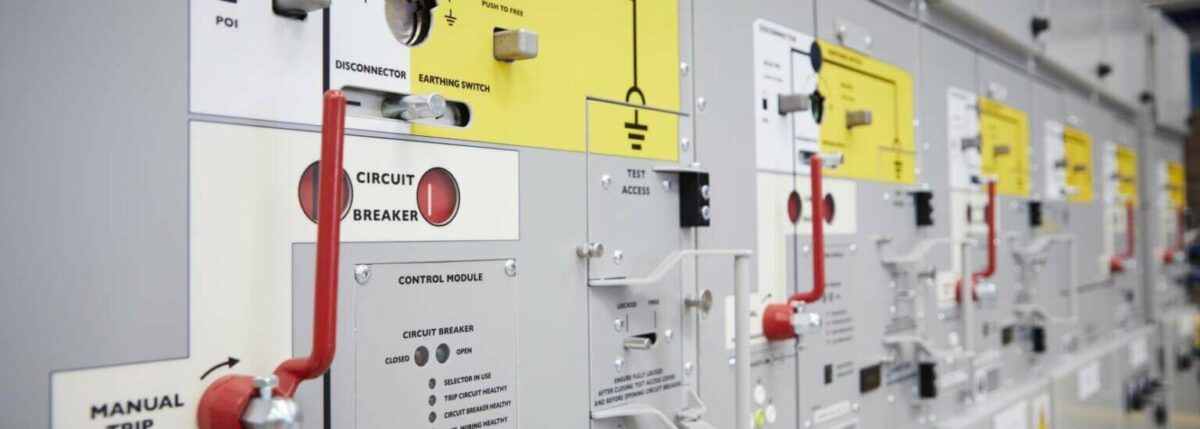
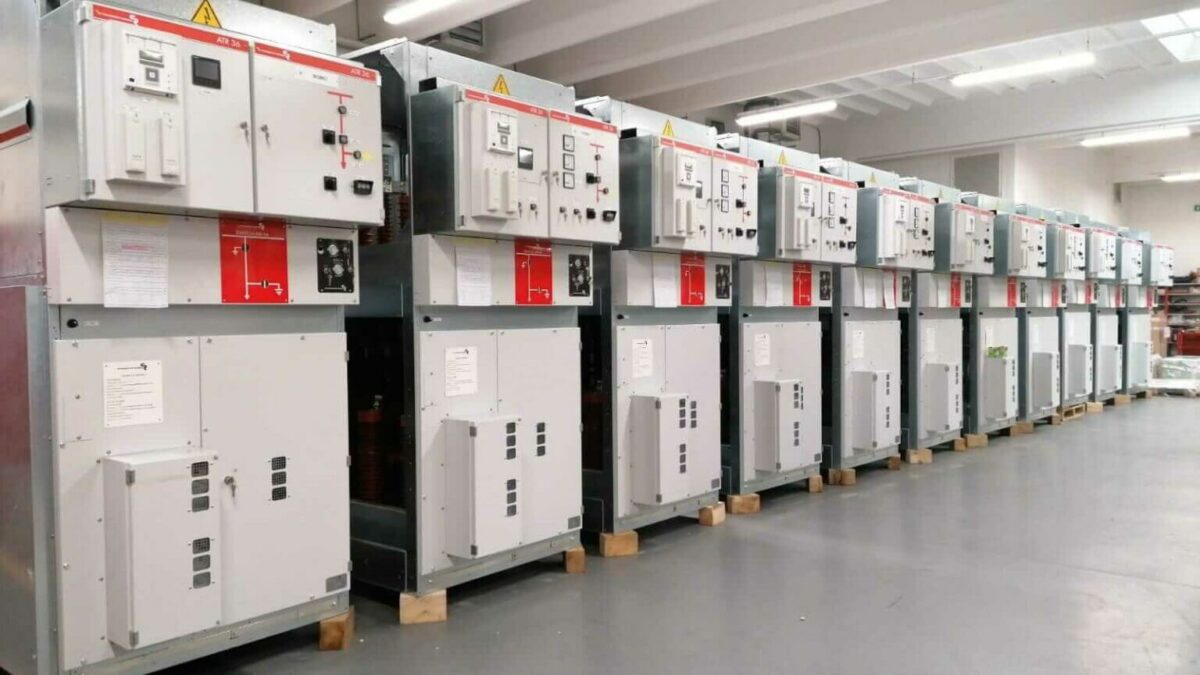
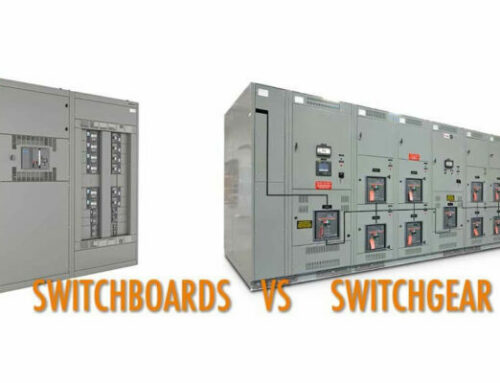
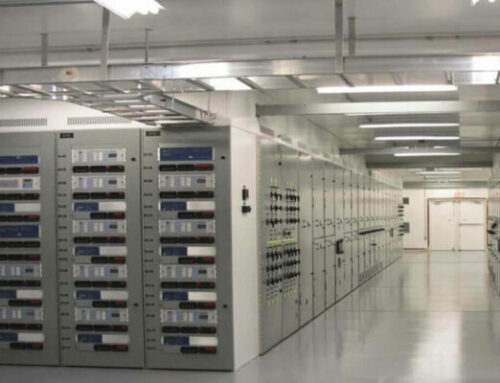
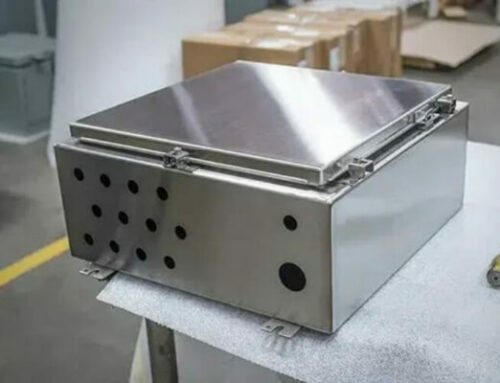
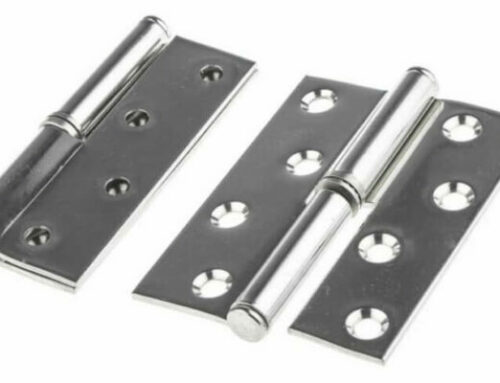
Leave A Comment